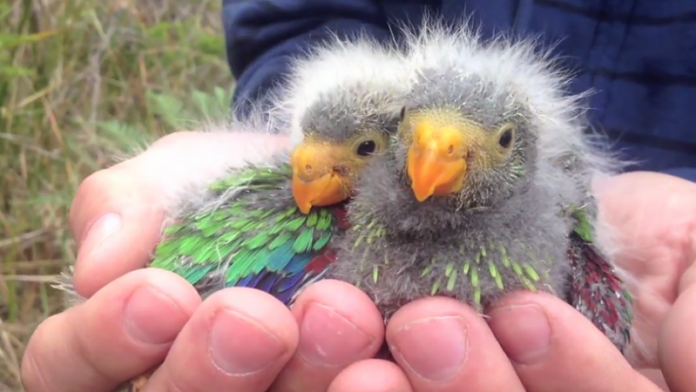
Habitat destruction by logging and agriculture is pushing parrot species towards extinction, while current protected areas are failing to mitigate these effects, according to new research.
The study also shows that in many regions across the globe, including Australia, the future of parrots is in the hands of policy makers.
A collaborative effort between parrot ecologists at The Australian National University (ANU) and spatial ecologists from the National University of Córdoba, Argentina evaluated and compared the conservation status of parrots in different parts of the planet.
“In a previous global evaluation of parrots with scientists from BirdLife International we showed that they are among the most threatened bird orders, with higher extinction risk than other comparable bird groups,” co-author Dr George Olah, from the ANU Fenner School of Environment and Society, said.
More than half of all critically endangered parrot species live in Australasia and the Pacific, where the wildlife trade and habitat destruction are the major causes of their rarity.
The study found the temperate forests of Australia were already heavily degraded by human-modified landscapes in 2000, and the trends toward 2050 indicate that additional changes due to human activities will affect these regions in the near future.
“We predicted that agricultural expansion will have a further negative effect on the conservation status of parrots, pushing many of their species to the edge of extinction in the near future,” co-author Dr Javier Nori said.
With respect to the land-use trends analysed in the study, the current situation shows very worrying predictions for parrots in south-eastern Australia and the north-eastern Andes, the two most important hotspots highlighted by the current study for parrot conservation.
“We further showed the most threatened group of parrots is the least represented in protected areas globally and also locally in each region.
“This is an additional proof of the inefficiency of protected areas in safeguarding global bird diversity.”
The research has been published in Global Change Biology.



